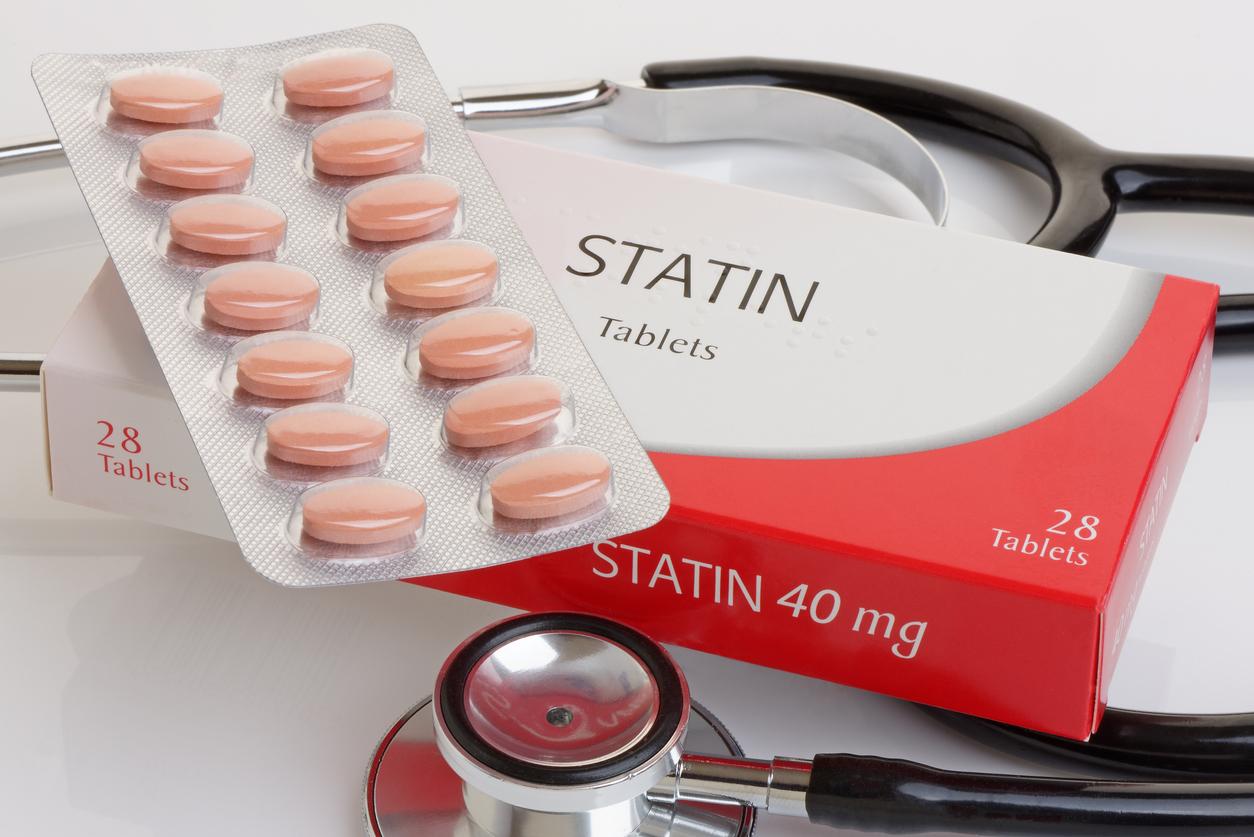Body curvature index – a measurement that takes into account the amount of abdominal fat and height – can help predict a person’s risk of developing cardiovascular disease, according to a new study.

- The CRI combines height and waist circumference. It reflects the distribution of body fat, particularly abdominal visceral fat.
- This index may help predict a person’s risk of developing cardiovascular disease, according to a new study.
- People with high CKD have a 163% increased risk of cardiovascular disease.
The body mass index (BMI) assesses a person’s build based on their weight and height. The latter is used as a risk indicator for many health problems. However, it is contested by several experts, especially for cardiovascular risks. For them, the body roundness index (BRI) which combines waist circumference and height is more effective, because it reflects the proportion of abdominal and visceral fat in the patient.
Researchers from Nanjing Medical University (China) wanted to determine whether measuring “roundness” actually made it possible to assess heart health. They found that having a high CRI over a 6-year period is associated with an increased risk of cardiovascular disease in adults over 45 years old.
Stroke, heart disorder: curves can predict risks
For this research published in the journal Journal of the American Heart Association This September 25, scientists used data from a longitudinal study of nearly 10,000 Chinese aged over 45. They analyzed trajectories of change in body roundness index over time. The volunteers were divided into groups according to their CKD and its evolution. During the last four years of the follow-up period, from 2017 to 2020, 3,052 cardiovascular events and 894 cardiovascular deaths were recorded.
The analysis determined that higher CRI trajectories were significantly associated with cardiovascular disease risk. Furthermore, the more important and persistent this index was, the greater the risk, independently of the patient’s age, sex or other variables.
Thus, compared to people with a low and stable CKD, the cardiovascular risk increased by 61% for those with a moderate CKD and by 163% for participants with a high CKD. The incidence of stroke and cardiac events was also significantly higher in volunteers with moderate or high plumpness indices.

CKD, a predictive factor of cardiovascular disease
“Our results indicate that six years of stable moderate to high body curvature index appears to increase the risk of cardiovascular disease. This suggests that CRI measures could potentially be used as a predictor of cardiovascular disease incidence.”concludes Dr Yun Qian, lead author of the study in a press release.
“This could be explained by the correlation between obesity and high blood pressure, high cholesterol and type 2 diabetes, all of which are risk factors for cardiovascular disease. Obesity has also been shown to lead to inflammation and other mechanisms in the body that can affect the heart and cardiac function. Further research is needed to confirm and fully understand how these findings could be used to prevent cardiovascular pathologies.















